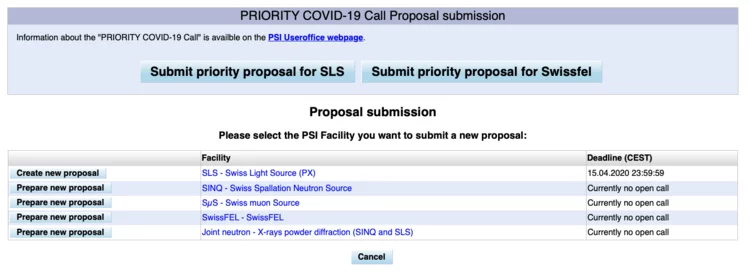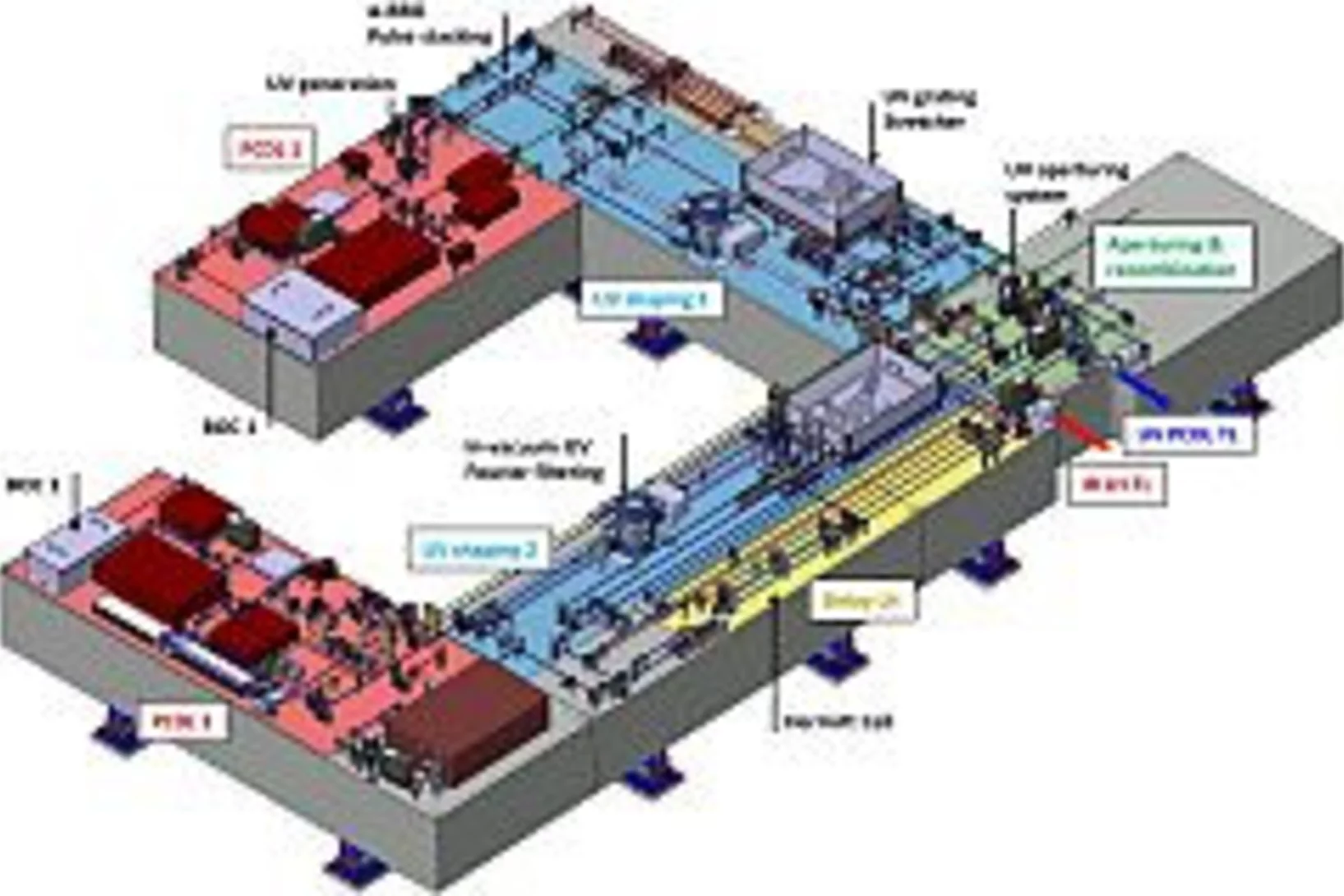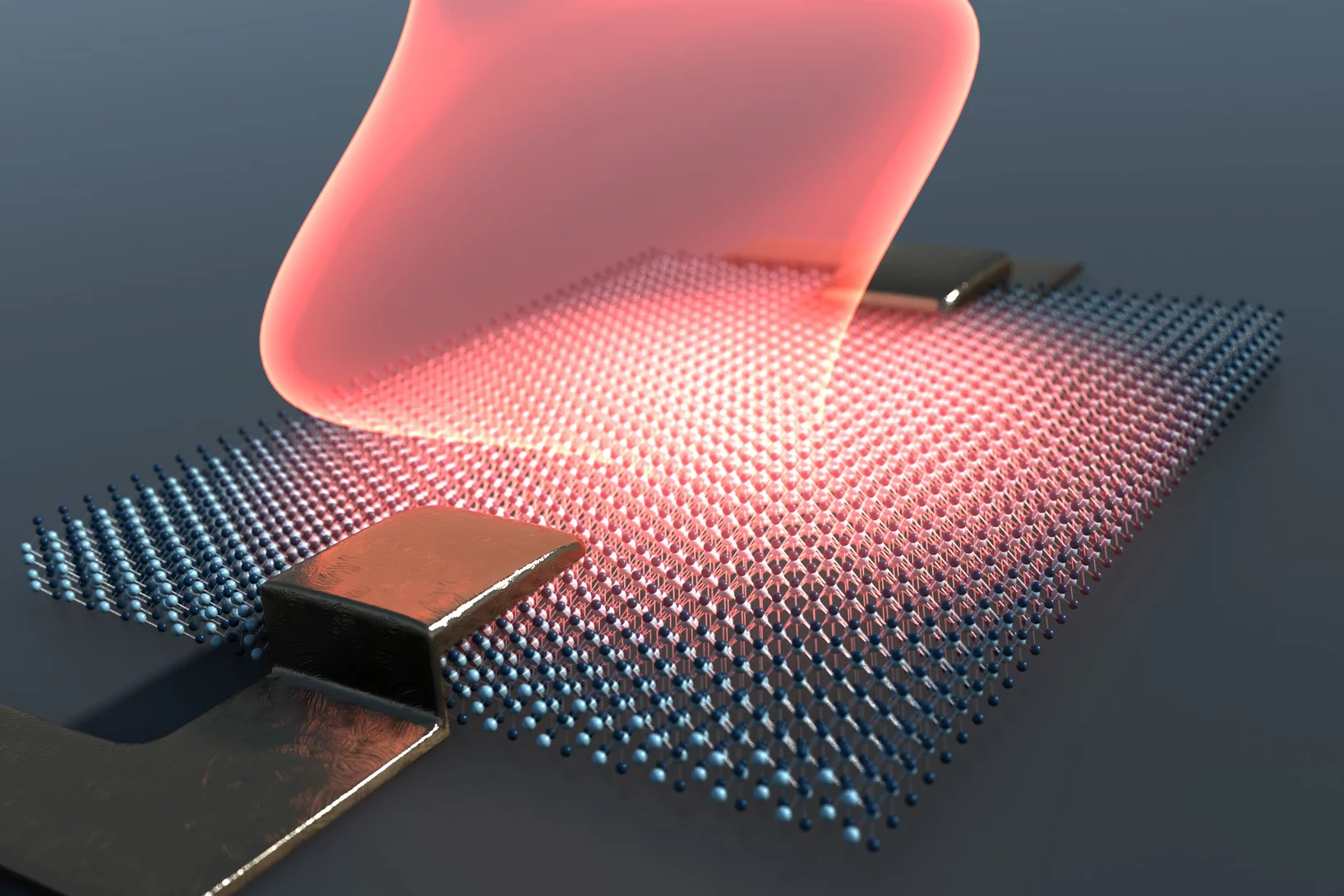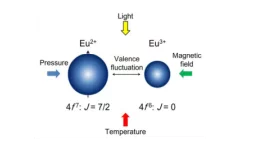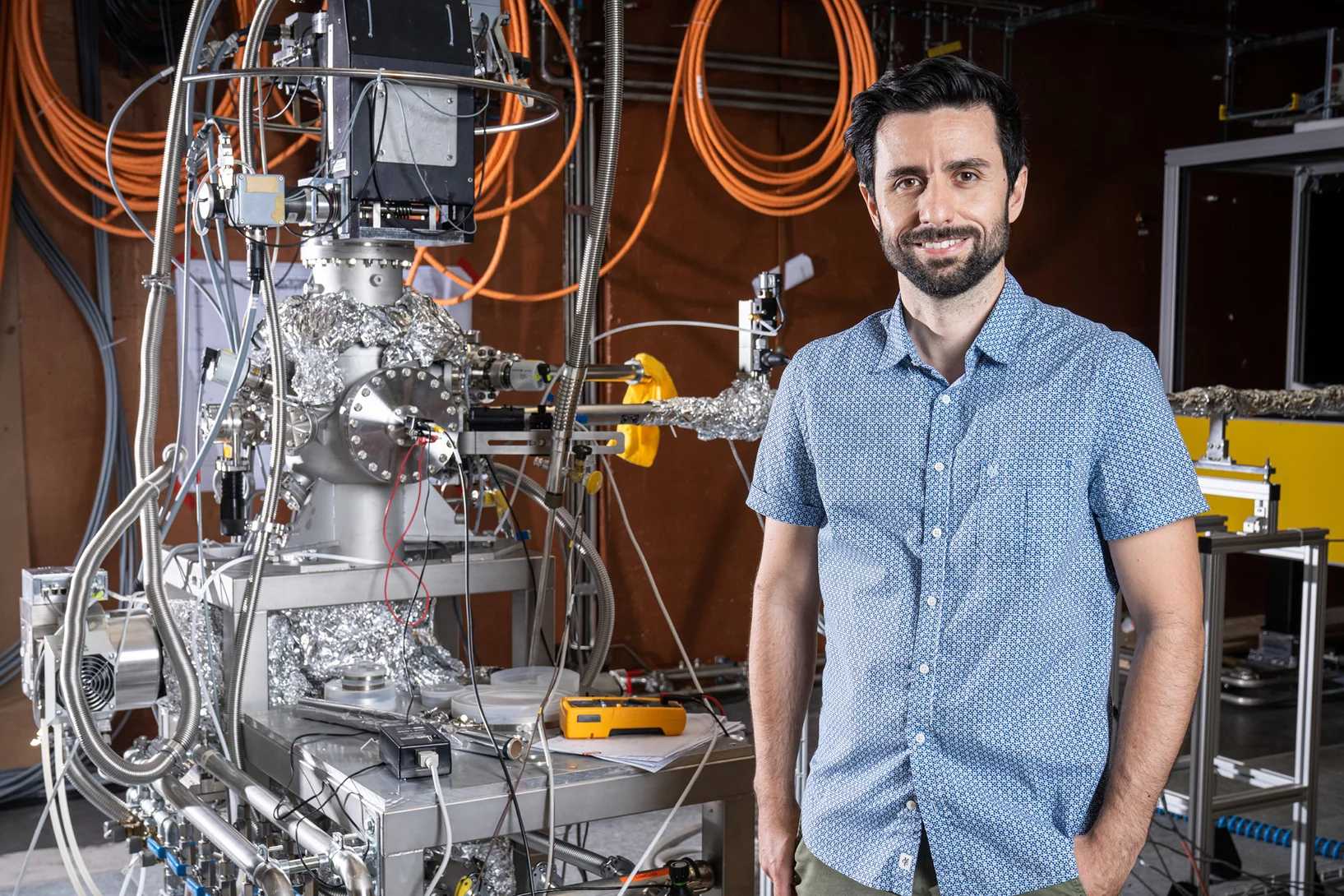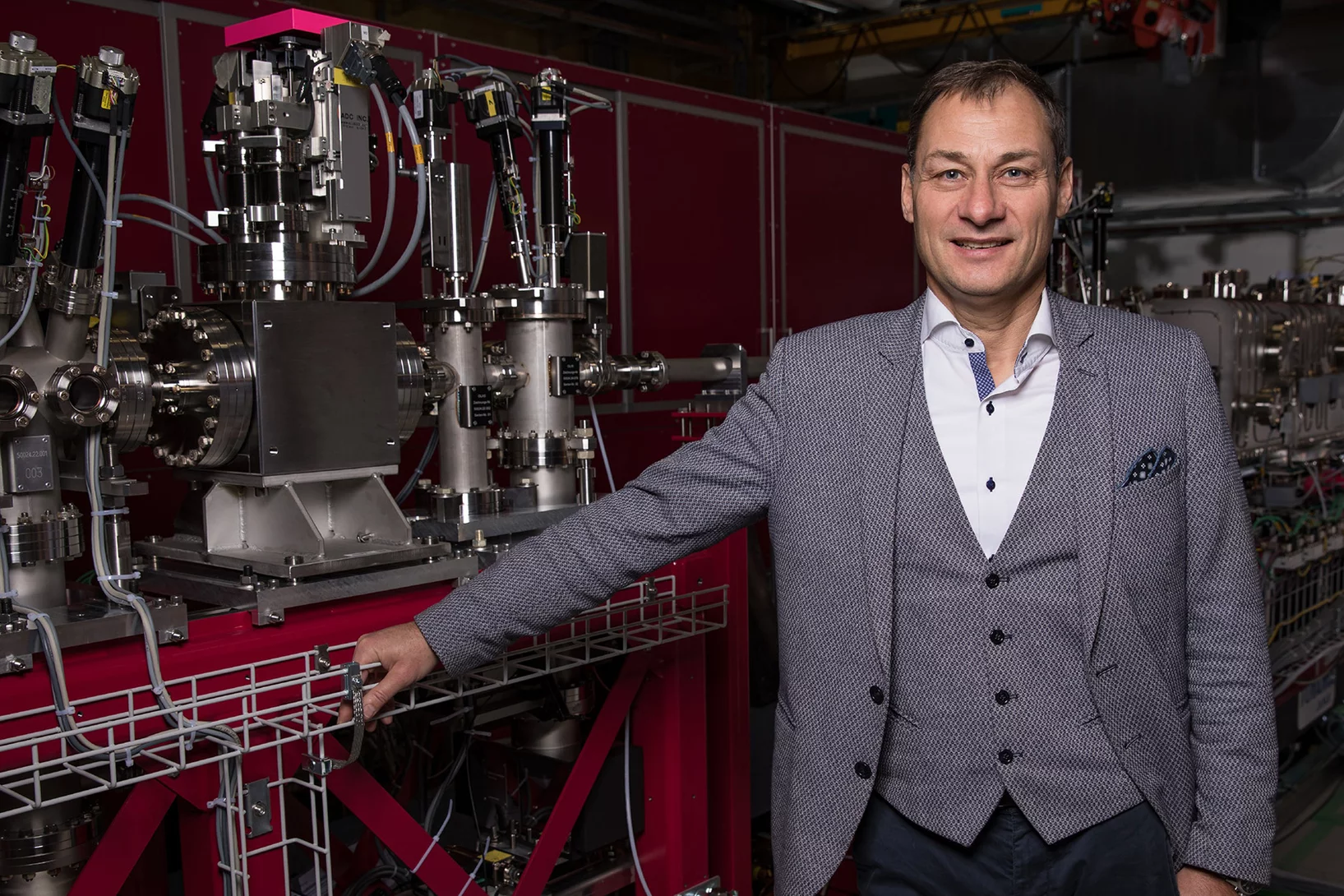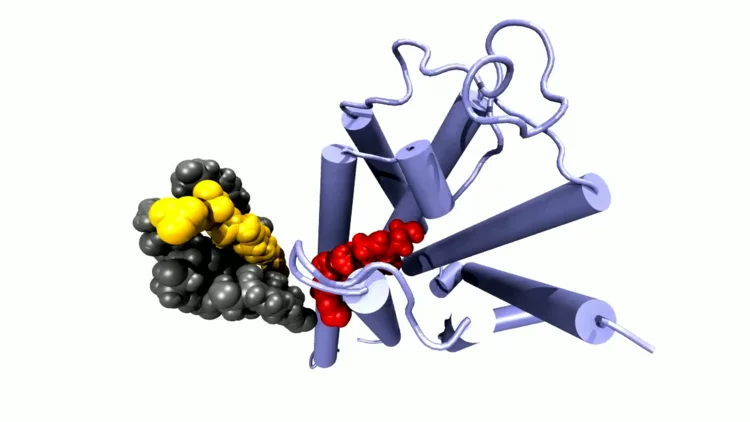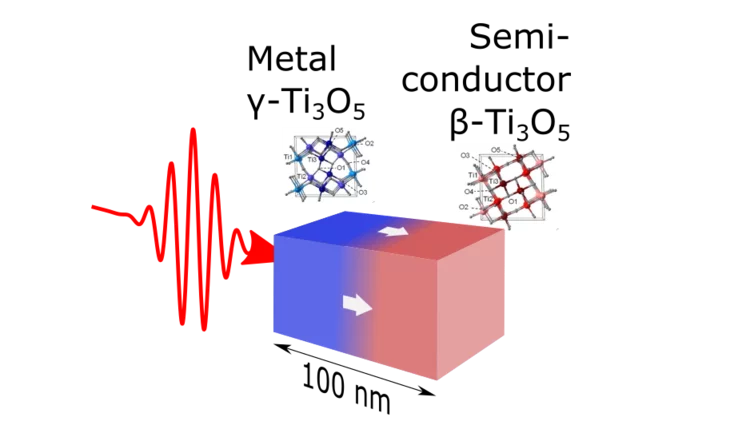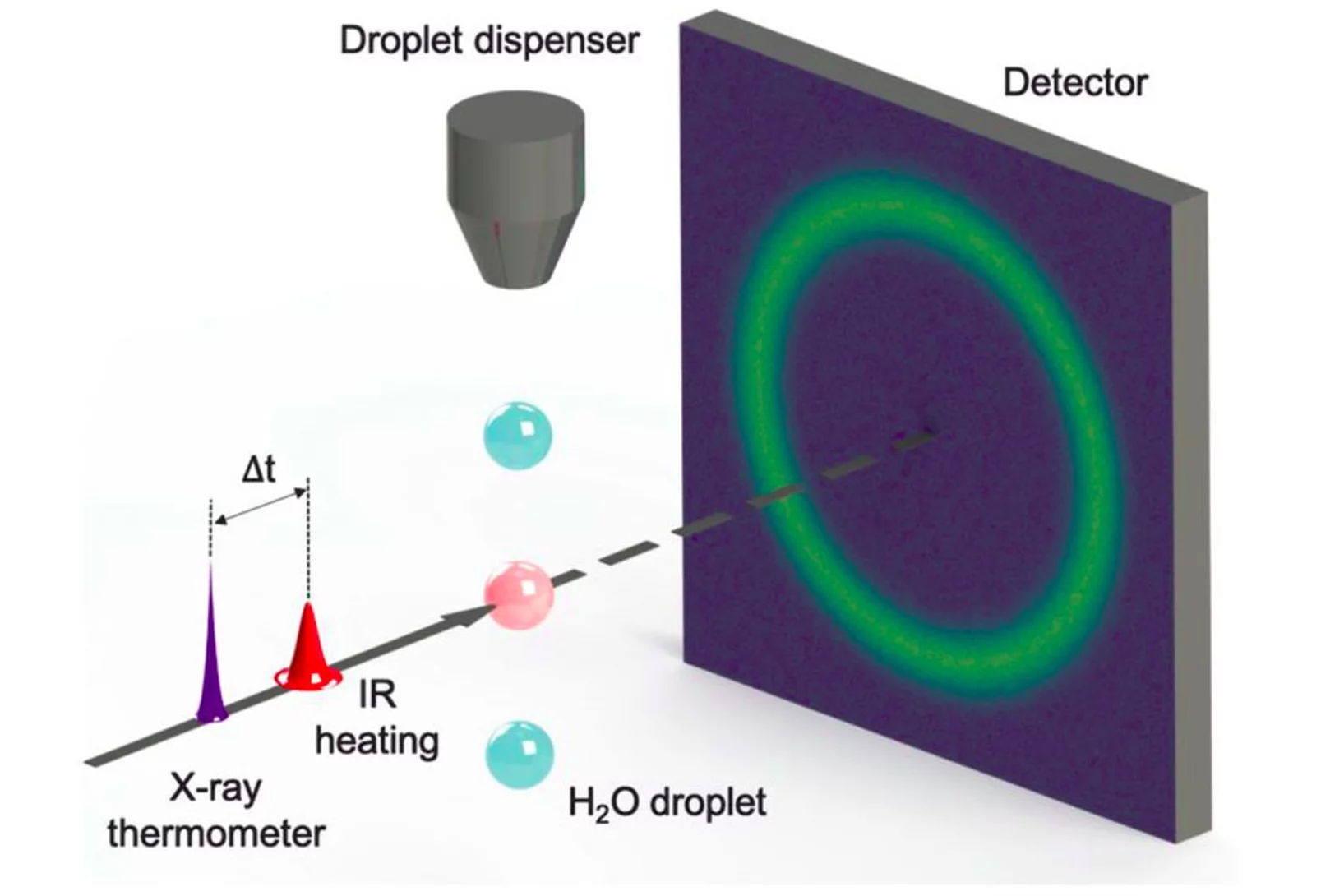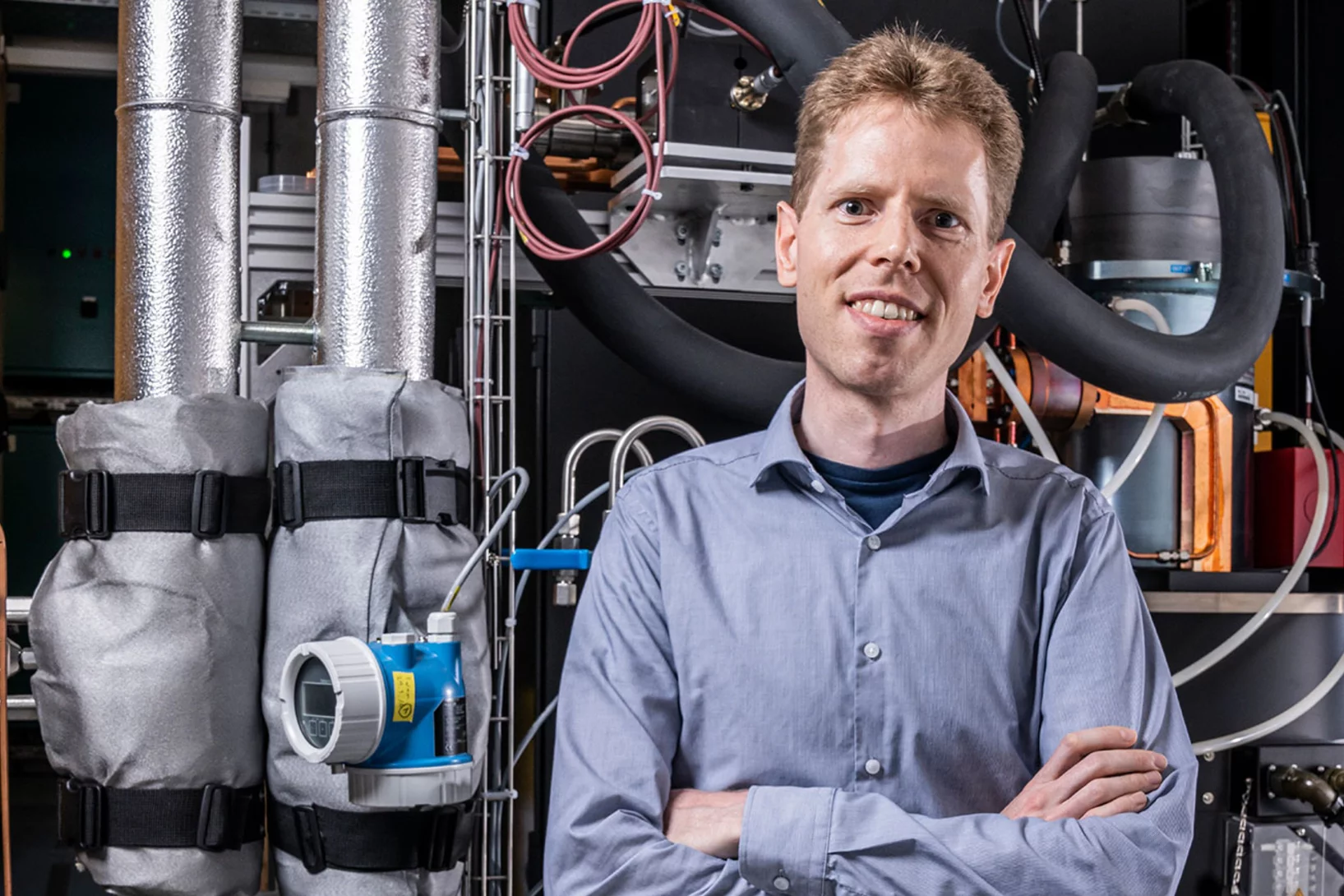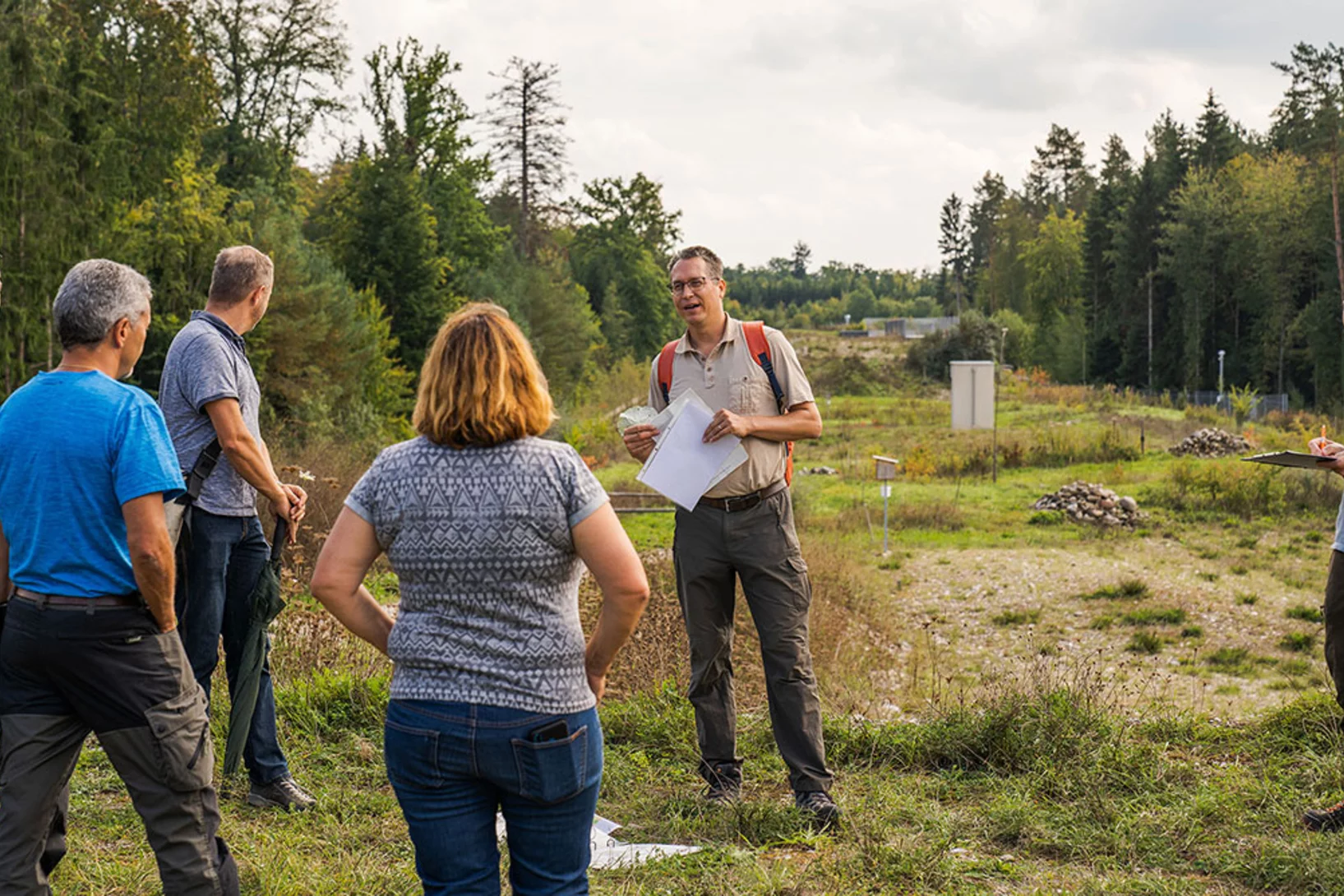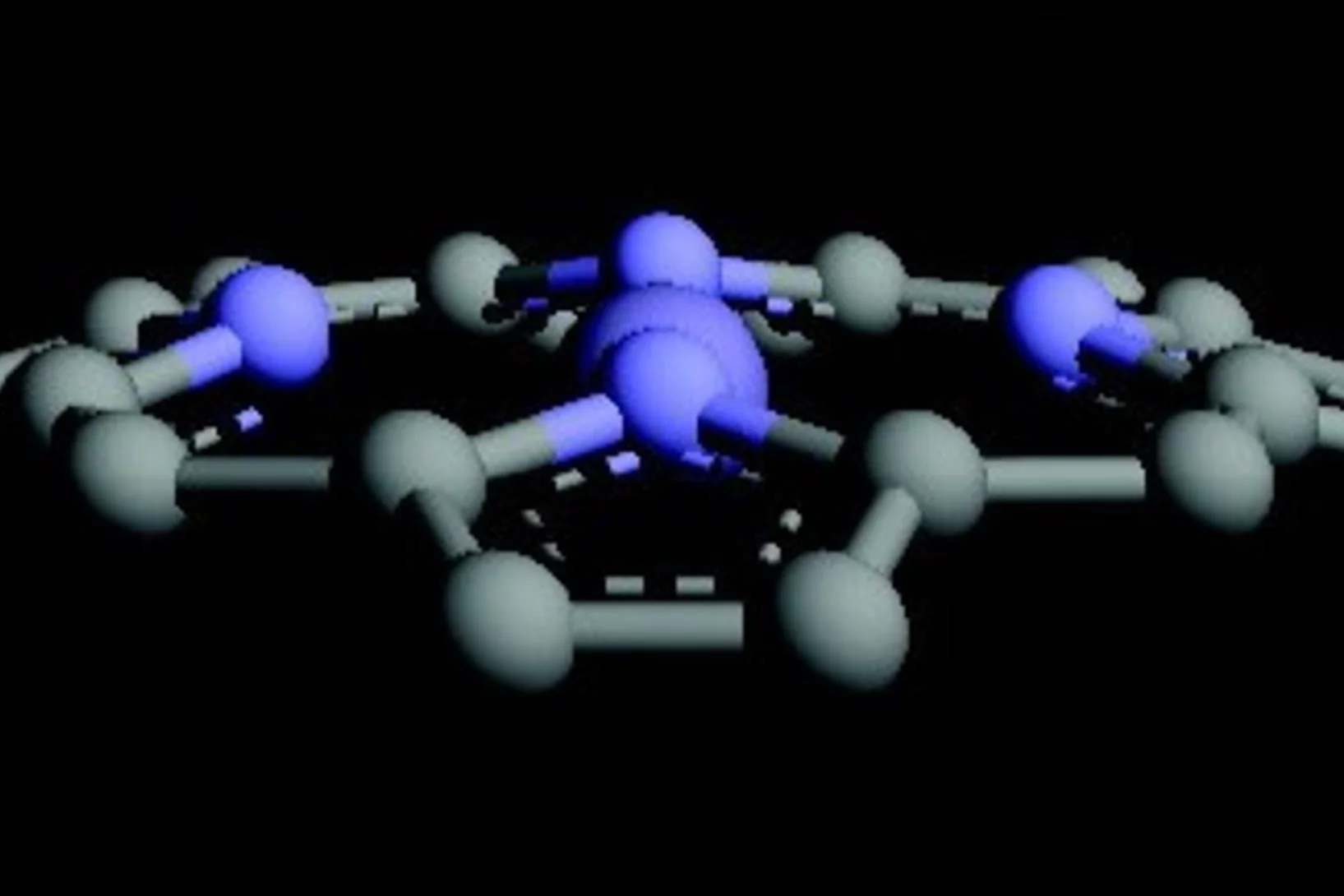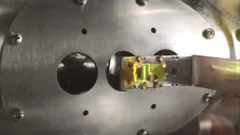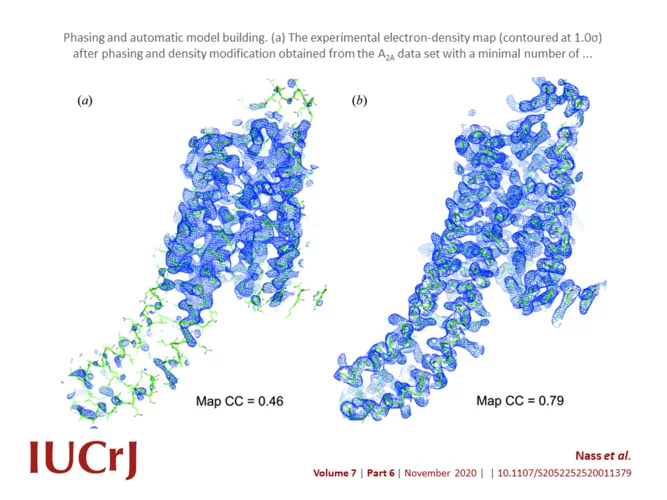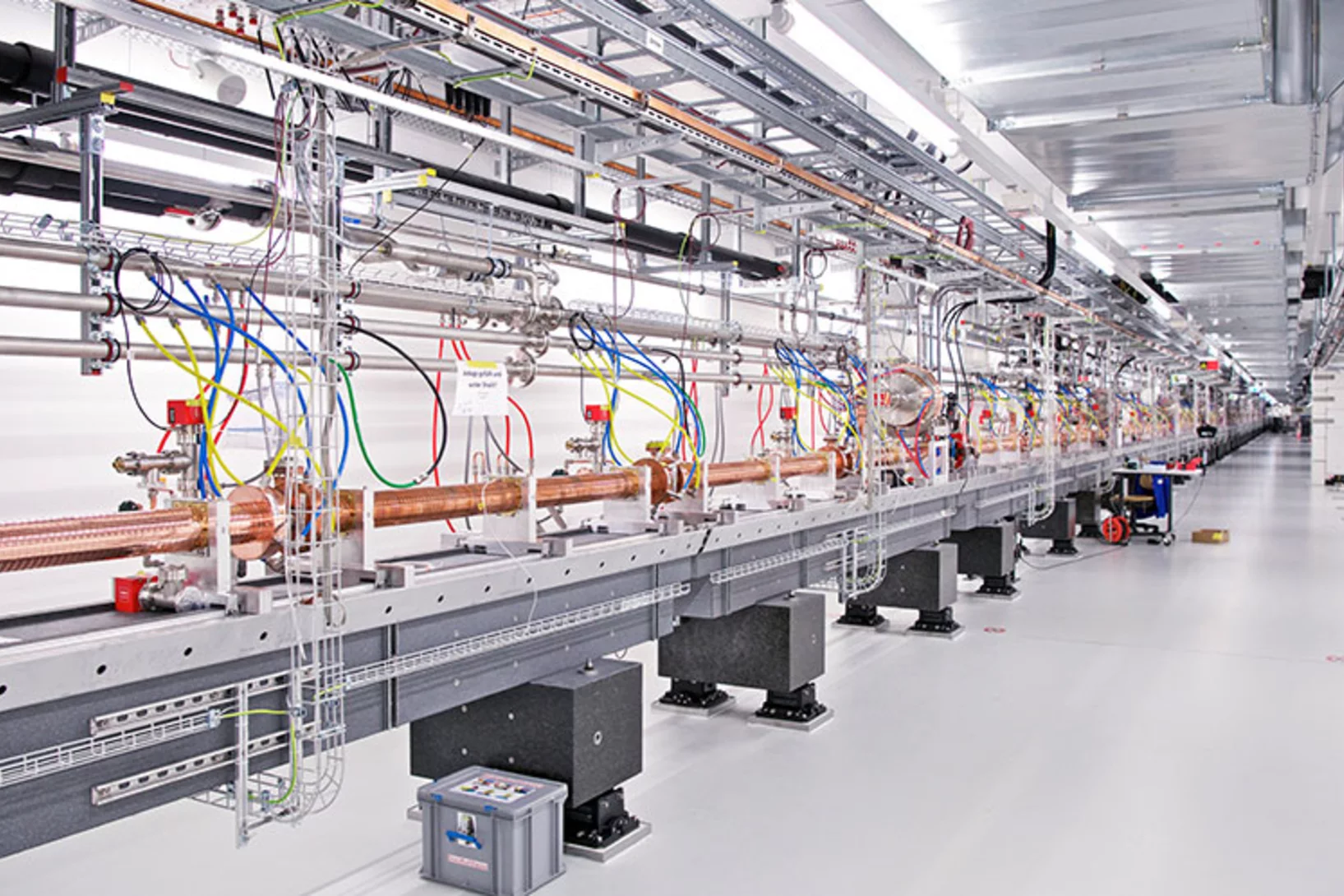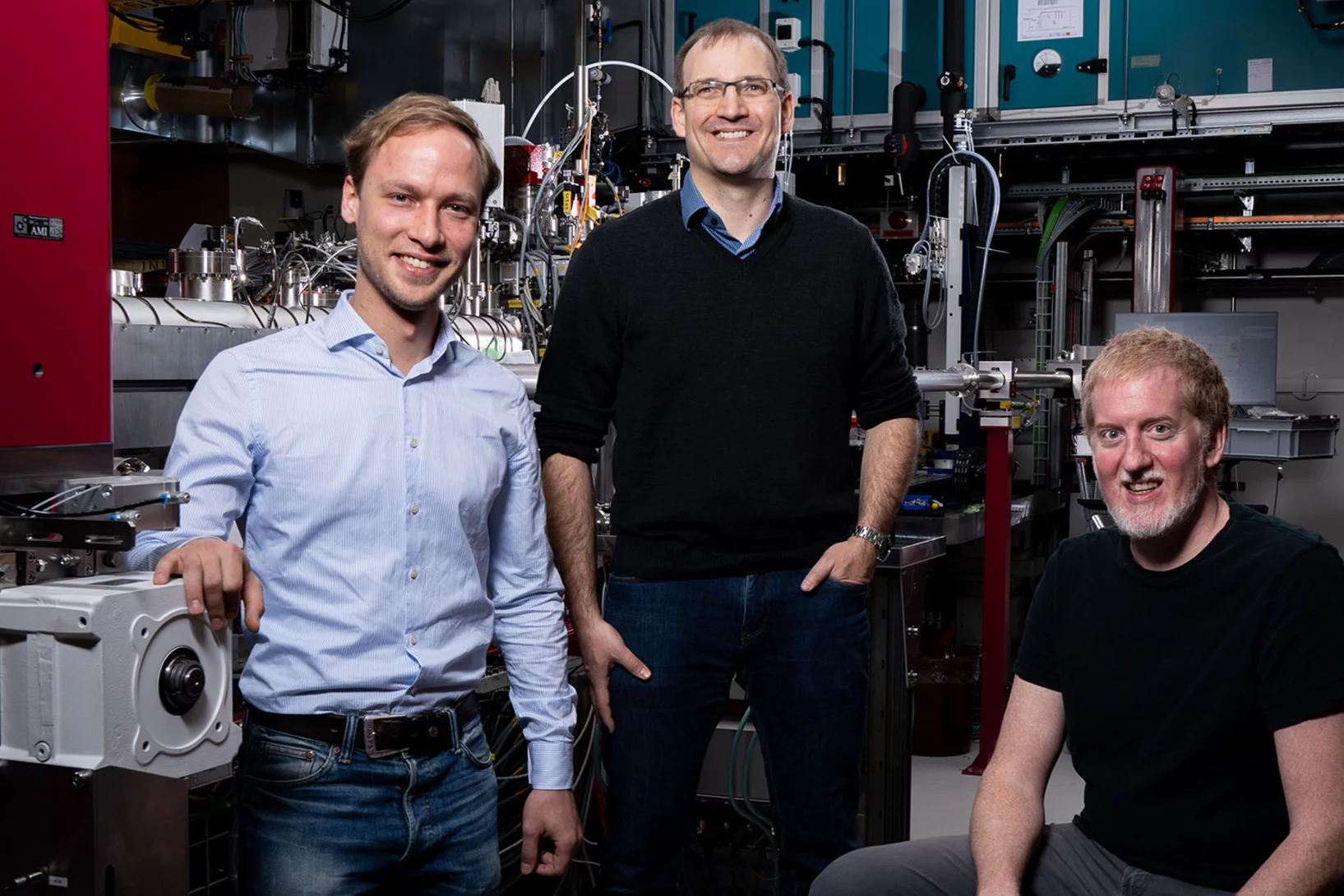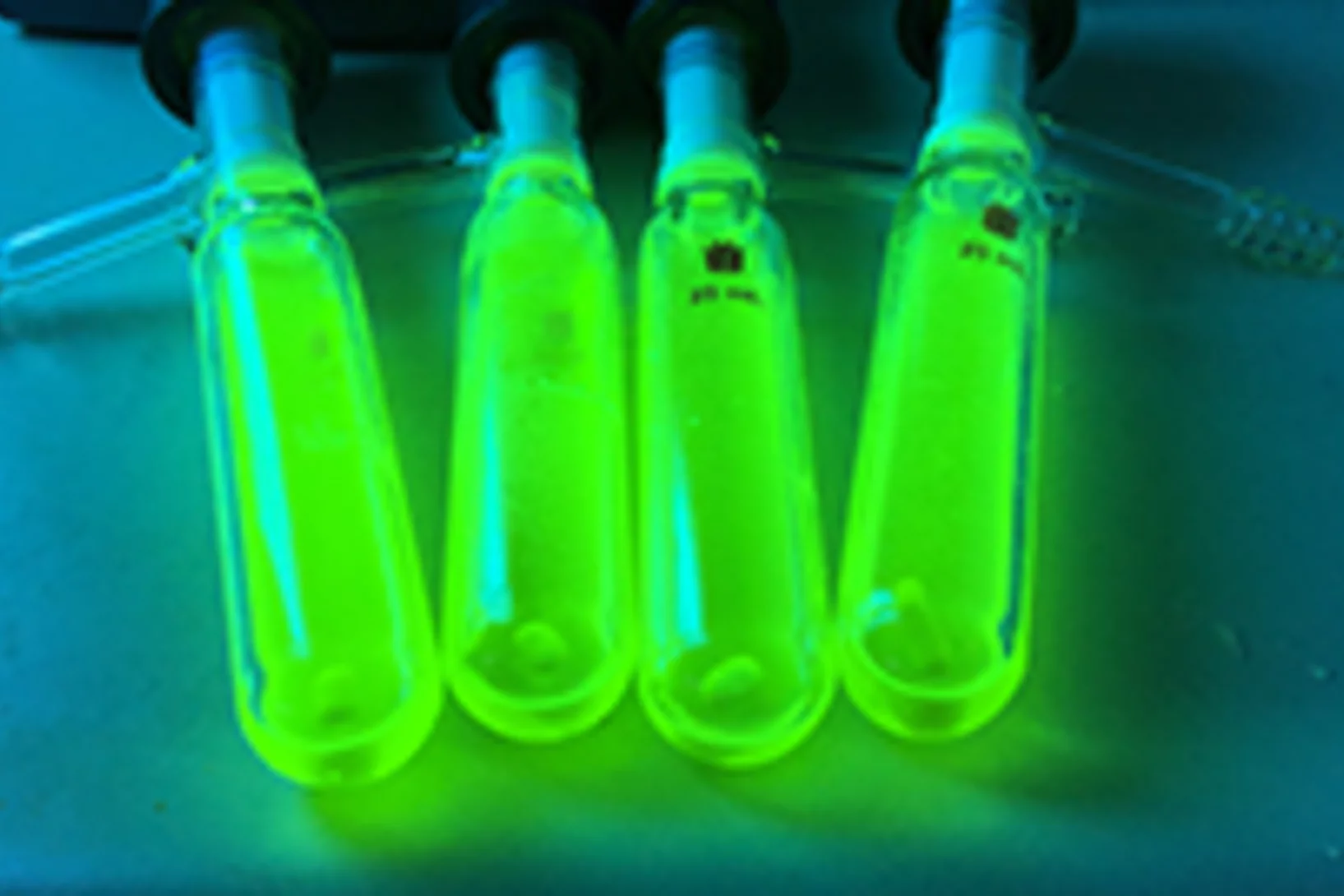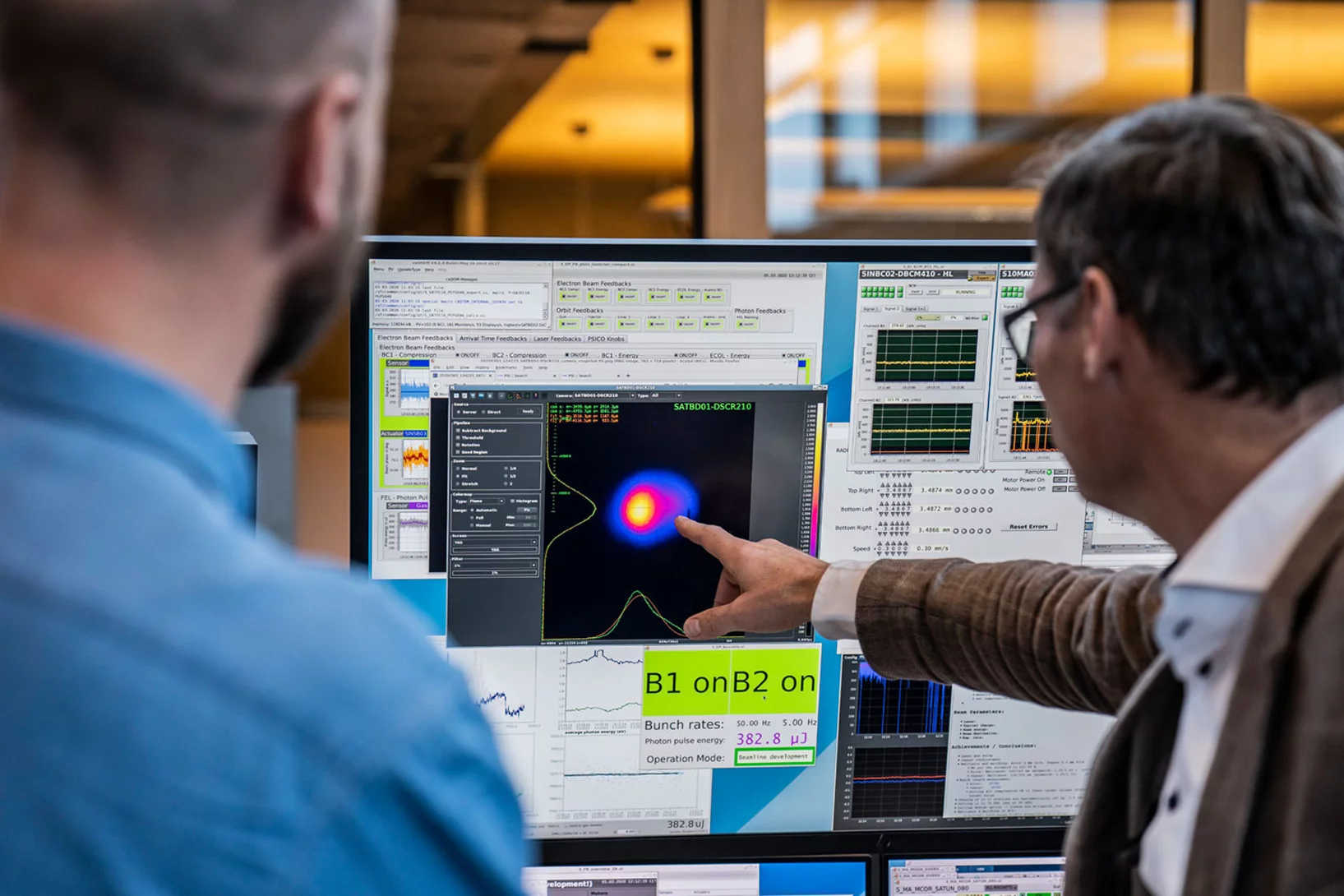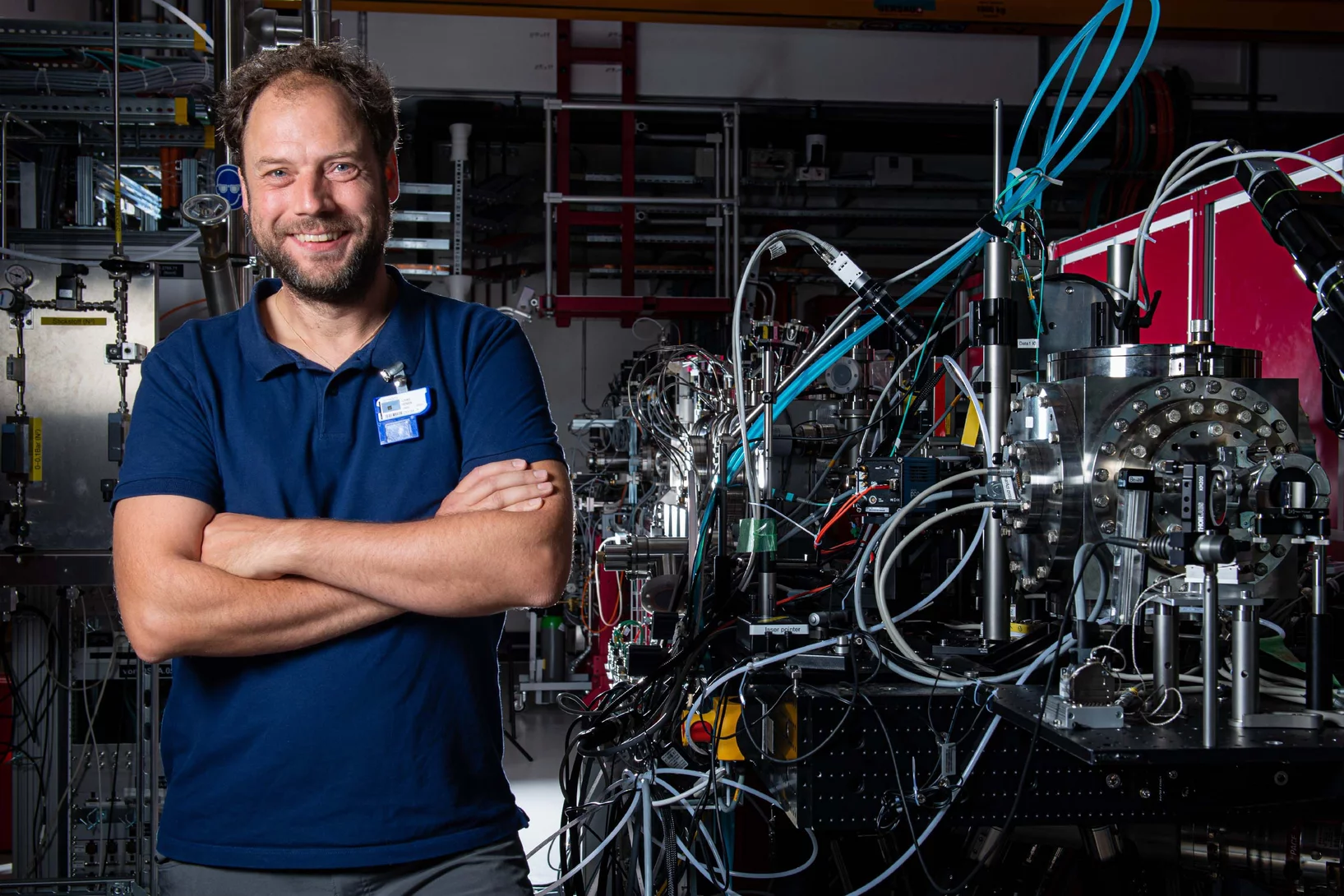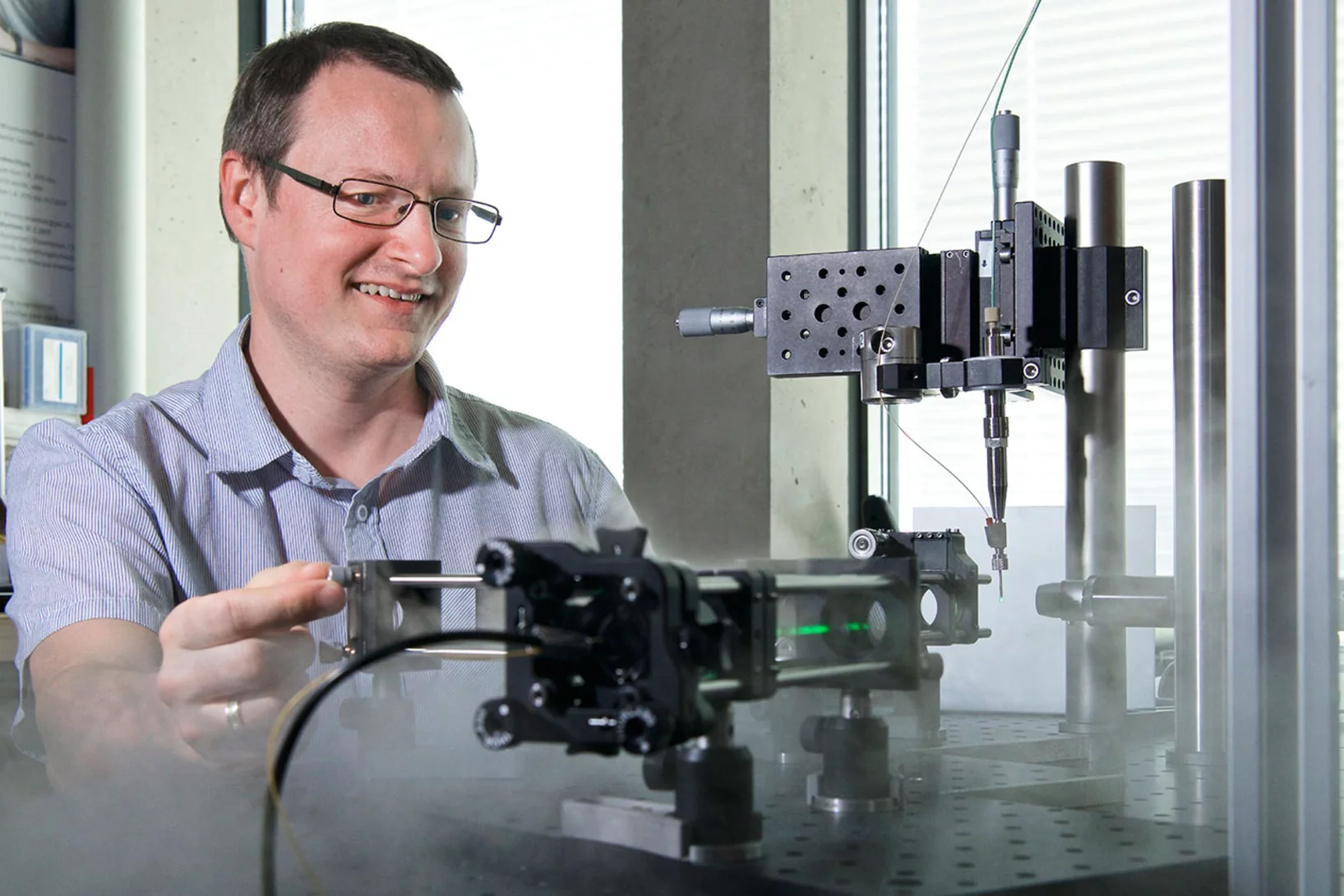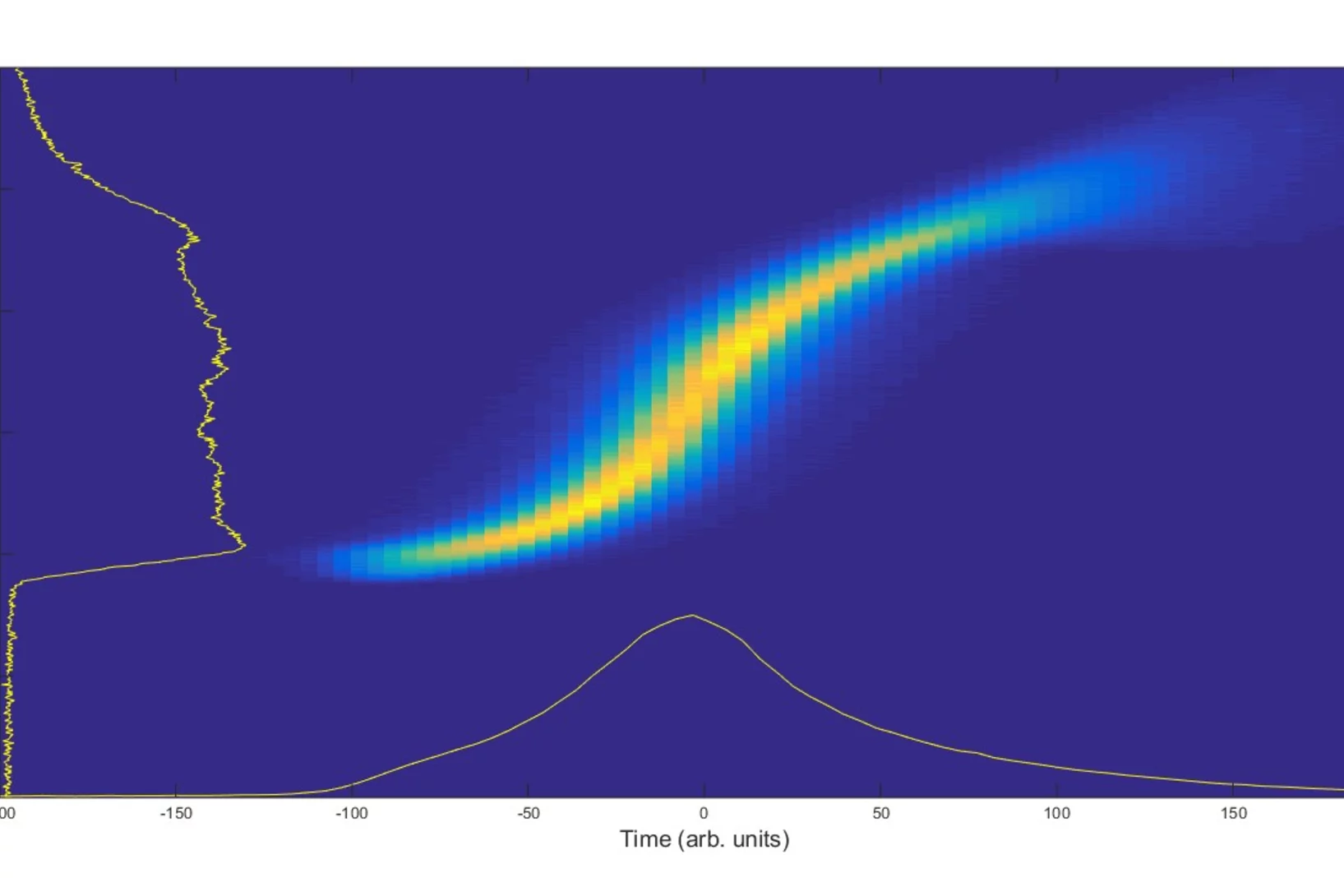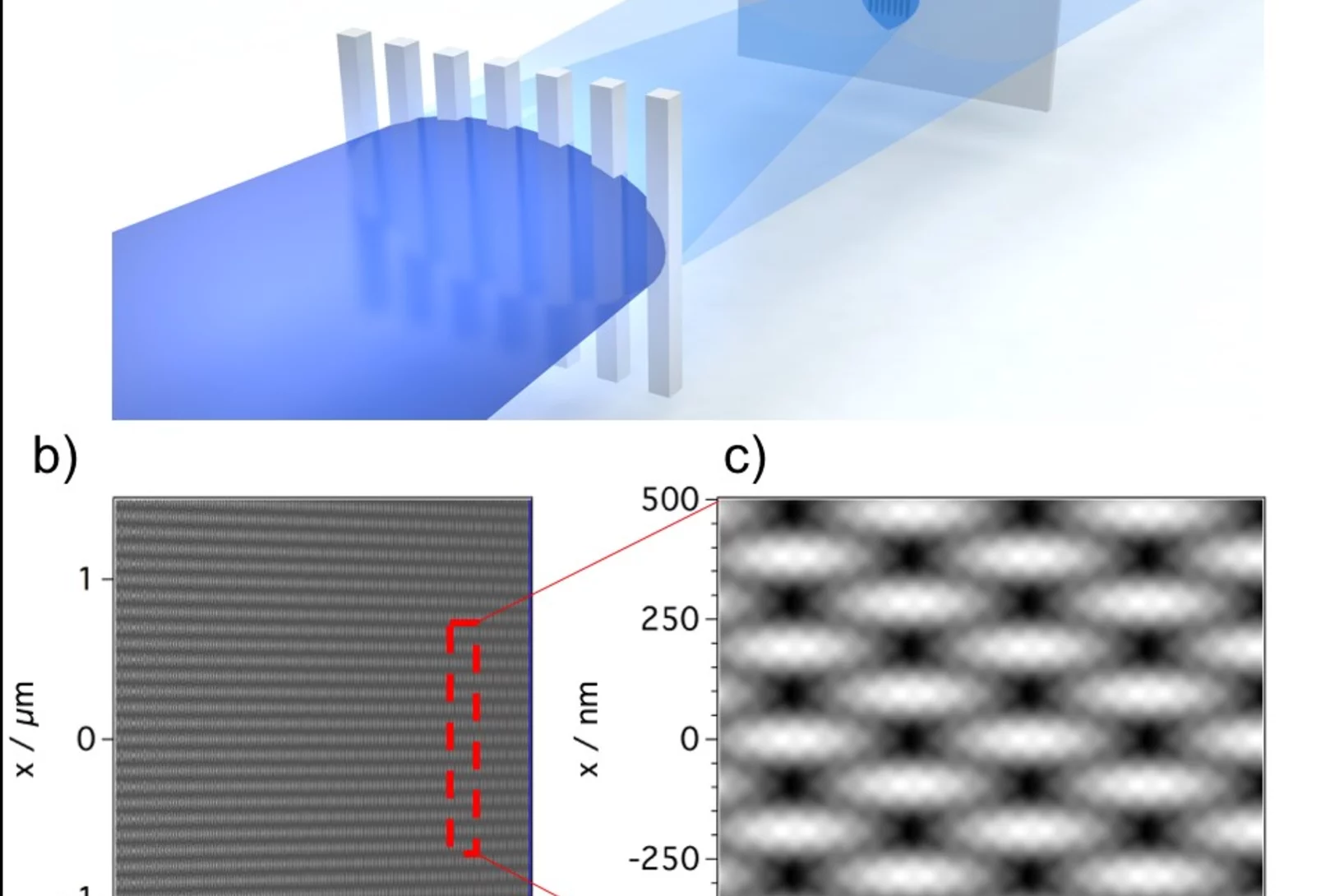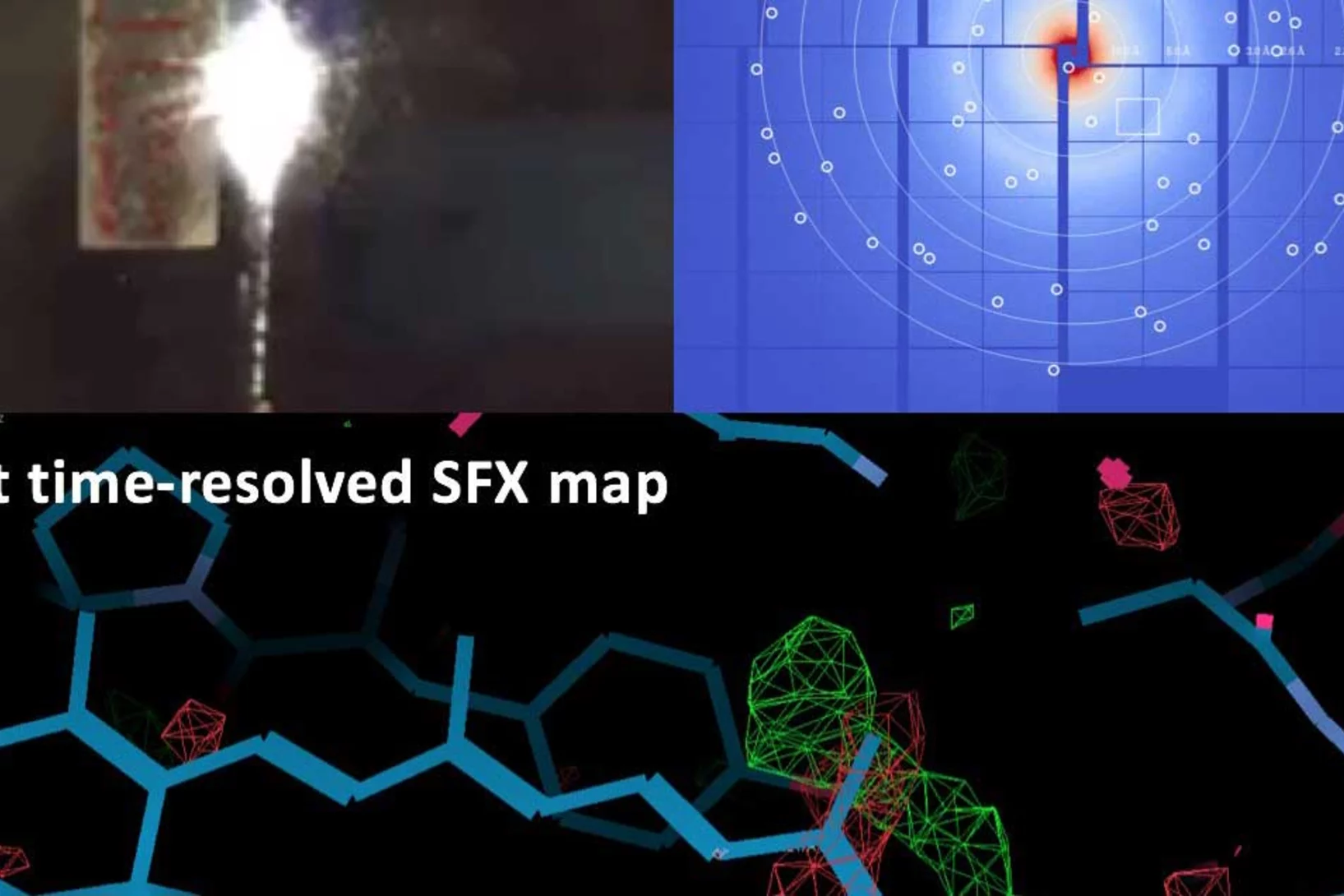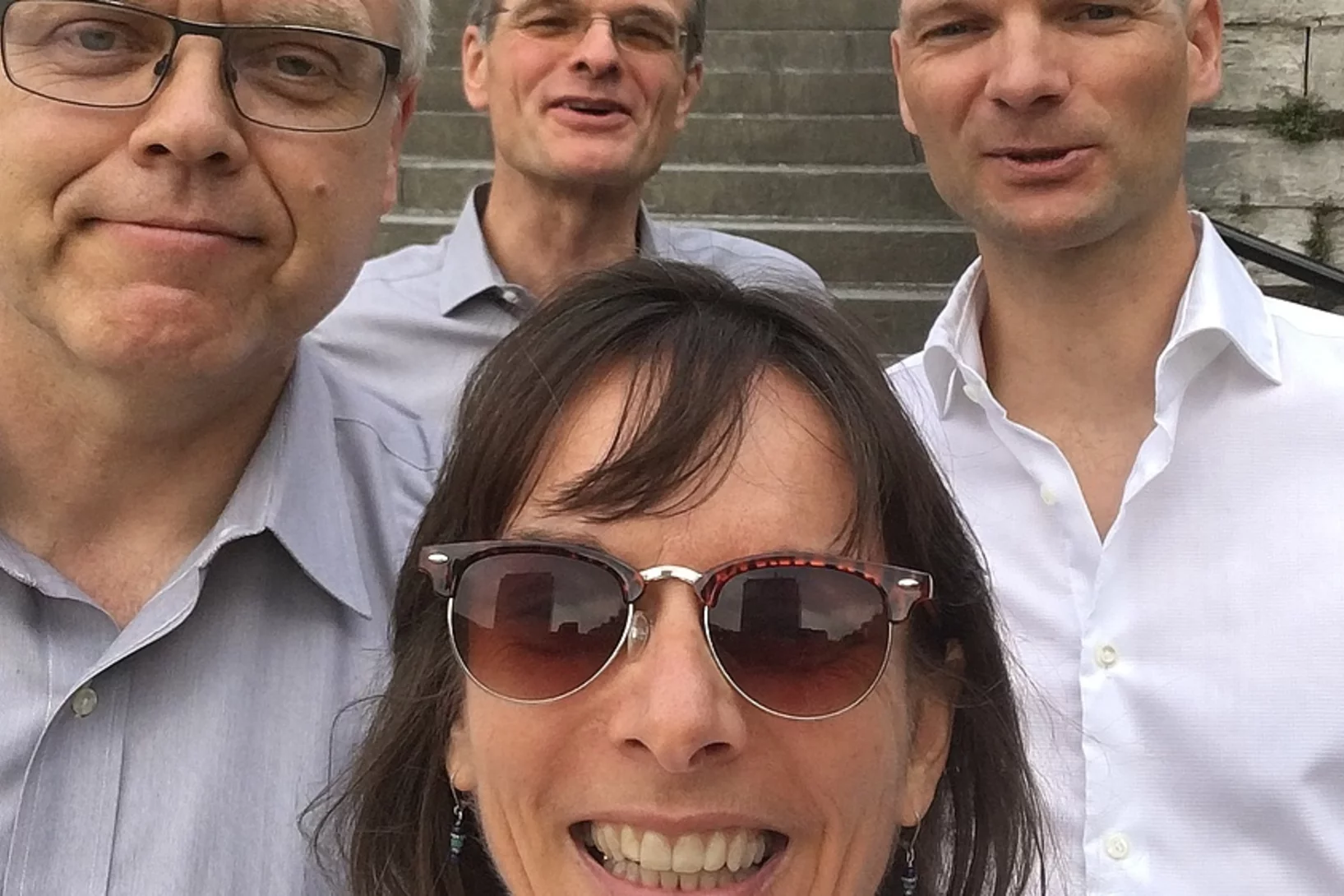Show filters
Priority access call for work on combating COVID-19 continues
On January 30th, 2020, the WHO declared the recent outbreak of coronavirus disease 2019 (COVID-19), a public health emergency of international concern. It declared that there is an urgent need to improve our understanding of the newly identified virus and its possible future evolution as well as to contain the spread; to develop precise diagnostics and treatment, and to improve the public health response and patient care.
The COVID priority access call continues and is still open in 2022.
Anomalous temperature dependence of the experimental x-ray structure factor of supercooled water
Supercooled water scattering signals show an anolmalous structure factor temperature dependence suggesting decreasing density at lowering temperatures below 236 K (-37°C).
Overview of SwissFEL dual-photocathode laser capabilities and perspectives for exotic FEL modes
SwissFEL is a compact, high-brilliance, soft and hard X-ray Free Electron Laser (FEL) facility laser composed of two parallel beam lines seeded by a common linear accelerator (LINAC), and a two-bunch photo-injector. For the injector, an innovative dual-photocathode laser scheme has been developed based on state-of-the-art Ytterbium femtosecond laser systems. We just published an overview of the the SwissFEL Photo Cathode Drive Lasers (PCDL) performance, pulse shaping capabilities as well as the versatility of the systems, which allow many different modes of operation of SwissFEL [1]. The full control over the SwissFEL electron bunch properties via the unique architecture of the PCDL will enable in the future the advent of more advanced FEL modes; these modes are, but not restricted to, the generation of single or trains of sub-fs FEL pulses, multi-color FEL and finally the generation of fully coherent X-ray pulses via laser-based seeding.
Ultrafast control of quantum materials
Using light to fundamentally change the properties of solids
Ultrafast electron localization
This experiment performed at SwissFEL shows how fast we can localize electrons out of an electron gas into correlated, well localized states of a material. It is based on a combined ultrafast x-ray absorption and diffraction experiment on an intermetallic system.
First light at Furka: The experiments can begin
The path to experiments that are unique in the world is now open.
No rose-coloured glasses here
Light is essential for life, and for researchers it is also a wonderful tool to better understand the structure of materials.
Growth in the data sciences
Another site for the Swiss Data Science Center will be established at PSI. This expansion is expected to give a further boost to the data sciences in Switzerland.
Uniquely sharp X-ray view
A new PSI method allows quantum-physical research on materials with the aid of X-ray lasers.
Compact and high-performance, like a Swiss Army knife
The X-ray free-electron laser SwissFEL really is as high-performance and versatile as planned.
HERCULES SCHOOL 2021 AT PSI
During the week of March 15 – 19, we had the pleasure to welcome 20 international PhD students, PostDocs and assistant professors at PSI, taking part in the first virtual HERCULES SCHOOL on Neutrons & Synchrotron Radiation.
Watching receptor proteins changing shape
In our bodies, G protein-coupled receptors mediate countless processes. PSI researcher Ramon Guixà talks about how he brings those receptor molecules to life on the computer screen.
Conduction control in nanoparticles
Light induced propagation strain pulse, converting nanoparticles of Ti3O5 from semiconducting to metallic phase.
Ultrafast calorimetry of deeply supercooled water
FEL-based ultrafast calorimetry measurements show enhancement and maximum in the isobaric specific-heat.
Milestone for the second beamline of SwissFEL
At the X-ray free-electron laser SwissFEL of the Paul Scherrer Institute PSI, the second beamline is currently being put into operation. With Athos, researchers want to understand how catalysts work or how biomolecules cause hereditary diseases.
SwissFEL: a perfect habitat for the black mortar bee
For the construction of the SwissFEL facility in 2013, around five hectares of forest were cleared and transformed into a new habitat for flora and fauna. Biologists and forest engineers have now assessed the results of the renaturization project and are excited about the progress to date.
Spin cascade and doming in ferric hemes
In biology, structure and function are closely interwoven. A case in point is oxygen transport in the lungs, which relies on ferrous heme proteins adopting dome-like shapes.
First light in the SwissFEL Maloja endstation
The first endstation at the SwissFEL Athos soft X-ray branch is rapidly developing and on track for first experiments in 2021.
Advances in long-wavelength native phasing at X-ray free-electron lasers
Long-wavelength pulses from the Swiss X-ray free-electron laser (XFEL) have been used for de novo protein structure determination by native single-wavelength anomalous diffraction (native-SAD) phasing of serial femtosecond crystallography (SFX) data.
«Forschung online erleben»: Mittendrin statt nur dabei
Erstmals Live-Rundgang durch eine Grossforschungsanlage per Video-Stream. Am 9. September haben Interessierte exklusiv die Möglichkeit, sich von Experten des PSI durch den neuen Freie-Elektronen-Röntgenlaser SwissFEL führen zu lassen und zu erfahren, welche Rätsel der Materie und der Natur sich damit lösen lassen.
Elucidating the mechanism of a light-driven sodium pump
Researchers at the Paul Scherrer Institute PSI have succeeded for the first time in recording a light-driven sodium pump from bacterial cells in action. The findings promise progress in developing new methods in neurobiology. The researchers used the new X-ray free-electron laser SwissFEL for their investigations.
In search of the lighting material of the future
At the Paul Scherrer Institute PSI, researchers have gained insights into a promising material for organic light-emitting diodes (OLEDs). This new understanding at the atomic level will help to develop new lighting materials that have higher light output and also are cost-efficient to manufacture.
Athos is making great strides
The new beamline at PSI's X-ray free-electron laser SwissFEL will soon be ready for action. In December, Athos delivered laser light for the first time − even sooner than expected, to the delight of the researchers responsible for its construction.
Research and tinkering – SwissFEL in 2019
The newest large research facility at the Paul Scherrer Institute, SwissFEL, has been completed. In January 2019 it began regular operation. Henrik Lemke, head of the SwissFEL Bernina research group, gives an interim report.
Molecular energy machine as a movie star
Using the Swiss Light Source SLS, PSI researchers have recorded a molecular energy machine in action and thus revealed how energy production at cell membranes works. For this purpose, they developed a new investigative method that could make the analysis of cellular processes significantly more effective than before.
PSI School for Master Degree Students - Introducing Photons, Neutrons and Muons for Condensed Matter Physics and Materials Science
From 17 – 21 June 2019 the Neutron and Muon Division (NUM) and the Photon Science Division (PSD) of PSI hosted 18 Master Degree students of physics, chemistry, materials and interdisciplinary science, as well as nuclear engineering to provide an introduction to the characterization of materials with large scale facilities like SINQ, SμS, SLS and SwissFEL. The course taught a basic understanding of how photons, neutrons and muons interact with matter, and how this knowledge can be used to solve specific problems in materials research.
Details of the program can be found at http://indico.psi.ch/event/PSImasterschool
First serial femtosecond crystallography experiment using SwissFEL’s large bandwidth X-ray pulses
The typical mode of operation at XFEL facilities uses the so-called self-amplified spontaneous emission (SASE) process to generate the short, bright X-ray pulses. This mode of operation is stochastic in nature, causing some variance in intensity and spectrum on a shot-to-shot basis, which makes certain types of crystallographic measurements much more challenging.
Towards X-ray Transient Grating Spectroscopy at SwissFEL
The high brilliance of new X-ray sources such as X-ray Free Electron Laser opens the way to non-linear spectroscopies. These techniques can probe ultrafast matter dynamics that would otherwise be inaccessible. One of these techniques, Transient Grating, involves the creation of a transient excitation grating by crossing X-ray beams on the sample. Scientists at PSI have realized a demonstration of such crossing by using an innovative approach well suited for the hard X-ray regime.
First femtosecond protein pump-probe measurements at SwissFEL
A major milestone in the commissioning of SwissFEL has been reached: the first pump-probe experiments on proteins have been successfully carried out. Crystals of several retinal-binding proteins were delivered in a viscous jet system and a femtosecond laser was used to start the isomerization reaction. Microsecond to sub-picosecond snapshots were then collected, catching the retinal proteins shortly after isomerization of the chromophore.
EU grants 14 million to Swiss Researchers
A team with three researchers from the ETH Domain has been awarded a prestigious EU grant. Today, they received the contract signed by the EU confirming the extraordinary 14 million euros funding. With it, they will investigate quantum effects which could become the backbone of future electronics.
